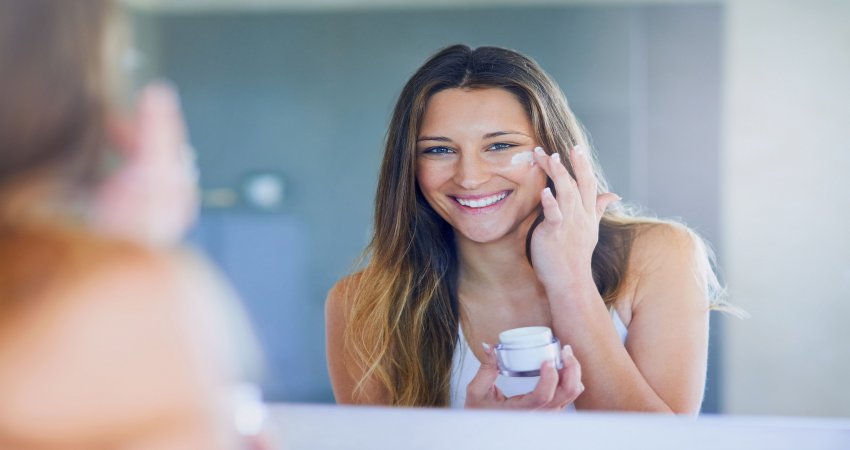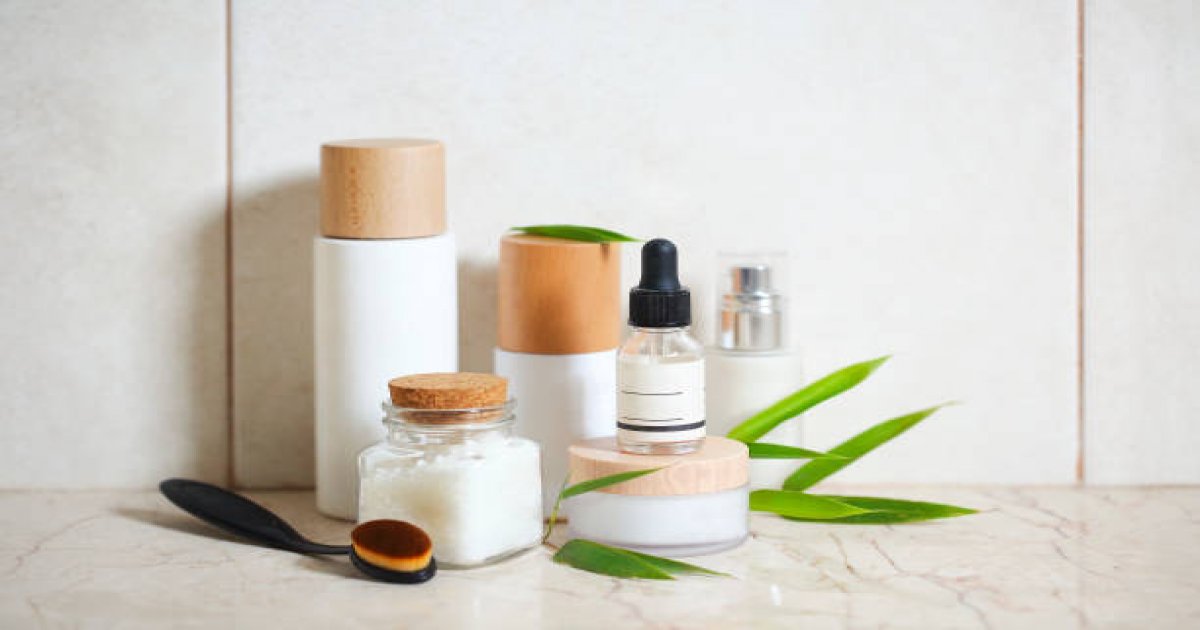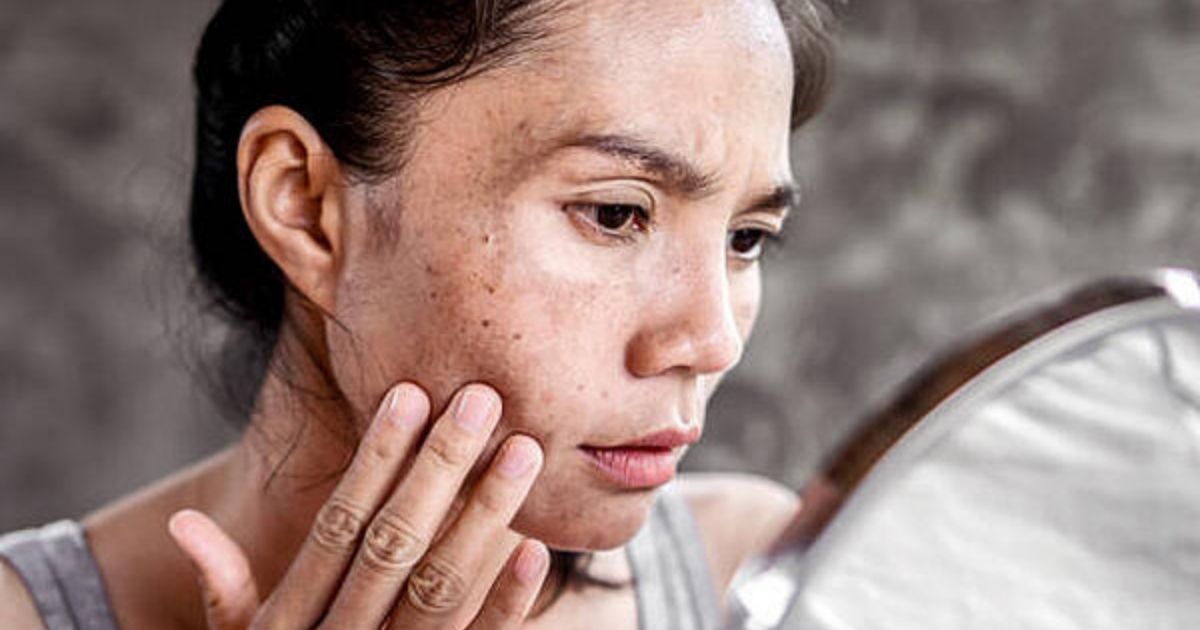Sun exposure can lead to a variety of skin problems, including melasma, age spots, and skin cancer. In fact, 15 minutes of exposure is enough to damage the skin. Because of this, experts recommend EVERYBODY to observe sun-protective measures.
Sunscreen Statistics
One of the best ways to shield yourself from the sun is to wear sunscreen. But even with its wide availability – and constant reminders from the experts – a lot of people still fail to use sunscreen regularly.
According to the Centers for Disease Control, only 10.1% of American high school students wear sunscreen religiously. As for adults, only 43.6% of women use a sunscreen with an SPF of at least 15. It’s not a good rate, but it’s markedly better compared to just 23.4% of men.
What’s in Sunscreen?
These low rates are attributed to many barriers, including the people’s concerns regarding sunscreen ingredients. After all, their names are very technical (and scary for most.)
Sunscreens are usually made with two types of ingredients. They are:
- Organic
As the name suggests, these ingredients are made from natural sources. These ingredients are classified according to the UV rays they filter.
- UVA Filters
These products help defend the skin against UVA, which is responsible for skin photodamage. They include Benzophenones, Avobenzone, Meradimate, Bisdisulizole disodium, Diethylaminohydroxybenzoyl hexylbenzoate, Ecamsule, and Methyl anthranilate.
Benzophenones, which are commonly used in sunscreens, may come with some side effects. According to DiNardo and Downs, this ingredient usually causes an allergic reaction.
Benzophenones have also been linked with an increased incidence of Hirschprung’s disease. This birth defect is characterized by missing nerve cells in the bowel.
Benzophenones are endocrine disruptors as well, meaning they can interfere with the body’s hormonal functions. In an animal study, endocrine disruptors have been shown to cause sexual and fertility problems.
Oxybenzone, a Benzophenone derivative, has some adverse health effects as well. According to Gabros et al., it may have some carcinogenic effects on the body.
- UVB filters
These products help block UVB, which is responsible for sunburns. They include PABA derivatives, Cinnamates, Salicylates, Octocrylene, Ensulizole, and Ethylhexyl triazone.
PABA derivatives usually cause contact dermatitis. As such, they should be avoided by people with related allergies.
- Broad-spectrum
Ecamsule, Silatriazole, Bemotrizinole, and Bisoctrizole are examples of broad screen filters. They can help block both UVA and UVB rays, which make them useful against premature skin aging and sunburns.
- Inorganic
Inorganic filters offer broad-spectrum protection against UVA and UVB rays. Examples include Zinc Oxide, Titanium Oxide, Iron Oxide, Kaolin, Calamine, and Talc.
Zinc oxide and titanium oxide are often made with large, greasy particles. These ingredients can block the pores, so it should be avoided by people who are prone to acne or rosacea.
What to Look for in a Sunscreen
There are many sunscreen brands out there, each with its own type of SPF and ingredients. For best results, the CDC recommends picking a sunscreen with the following qualities:
- Broad-spectrum protection
- SPF of at least 30
- Waterproof quality, especially if you are going to swim or sweat a lot
- Water-based ingredients, if you have oily or acne-prone skin
How to Apply Sunscreen Effectively
First, you need to shake or mix the bottle well. As a rule of thumb, the CDC recommends thickly applying an ounce of sunscreen around the sun-exposed areas of the body. This should be done at least 15 to 30 minutes before you go outside.
Reapplying sunscreen every 2 hours is vital. You can do this more frequently (with the use of a waterproof sunscreen) if you are swimming or sweating a lot.
Failing to apply and reapply sunscreen properly are the two major reasons why sunscreens fail. Doing so can lead to sunburns, even if a sunscreen has been used.
Most importantly, make sure to check the sunscreen’s expiration date before using it. An expired product will have degraded ingredients, rendering it completely useless.
Protective Clothing
Apart from using sunscreen, wearing protective clothing can help defend you from the sun’s harmful UV rays. According to experts, colored loose-fitting garments are better in shielding the skin from UVA and UVB radiation.
Hats, depending on their size, weaving, and material, can also help protect you against the sun. To wit:
- A brim width of 7.5 centimeters offers an SPF 7 for the nose, SPF 5 for the neck, 3 for the cheeks, and 2 for the chin.
- A brim width of 2.5 to 7.5 centimeters, on the other hand, has an SPF of 3 for the nose, and 2 for the neck and cheek.
- A brim of fewer than 2.5 centimeters, however, only has an SPF of 1.5 for the nose.
Secondary Photoprotection
More than just using sunscreen, wearing protective clothing, and staying under the shade, experts also recommend the use of secondary photoprotection. This pertains to substances that may help reduce UV-induced skin damage. Antioxidants used in secondary photoprotection include:
- Vitamin C
Also known as ascorbic acid, Vitamin C may help protect the skin against sunburn and erythema. As a bonus, it may also help reduce the wrinkles brought about by sun damage. Results are expected to be even better if Vitamin C is used with other antioxidants such as Vitamin E.
- Vitamin E
Vitamin E boasts of sun-protective properties. For one, it may help reduce skin redness and premature aging. It may also help lower the risk of UV-associated cancers.
- Green Tea Polyphenols
Green tea polyphenols are antioxidants that are deemed to be more potent than Vitamins C and E. Apart from fighting free radicals, polyphenols have potent anti-inflammatory and anti-cancer effects on the body.
- Silymarin
Derived from milk thistle, silymarin is an antioxidant that can help neutralize free radicals. As such, it may be useful in reducing UVB-induced sunburns.
In mice studies, silymarin has been shown to reduce the risk of sun-related cancers as well.
In a Nutshell
Sun protection can help prevent melasma, age spots, and other skin disorders. In fact, regular sunscreen use can cut your melanoma risk by as much as 50%.
As such, it is important to thickly apply at least an ounce of sunscreen on the body. It should be worn at least 15-30 minutes before going outdoors. It needs to be re-applied every 2 hours or more frequently as needed.
Apart from regular sunscreen use, protective clothing and secondary photoprotective antioxidants may help reduce the sun’s harmful effects on the skin as well.

 Add to favorites
Add to favorites 





Be the first to comment